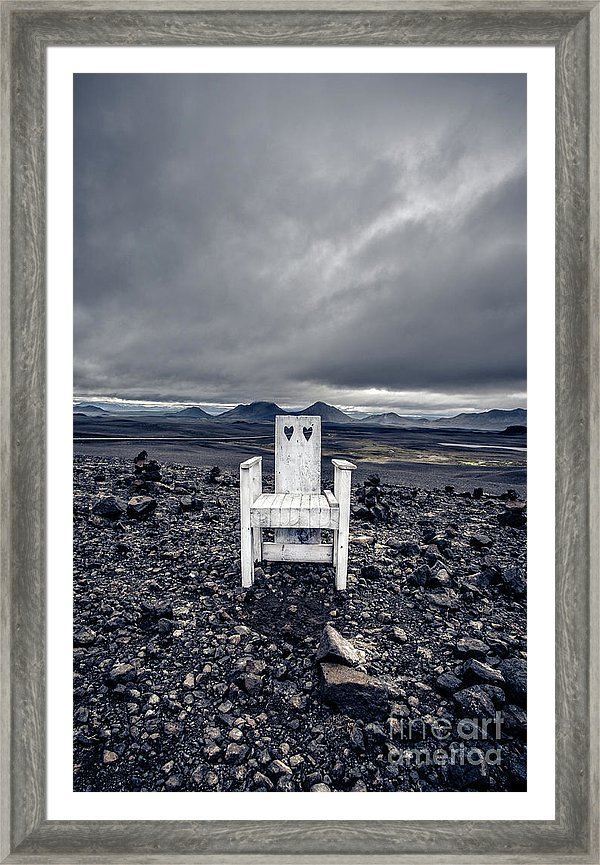Iceland Photographs
Photographs of Iceland by fine art photographer, Edward M. Fielding
This black church sits alone among a field of lava rock. On the south coast of Iceland’s Snæfellsnes peninsula, the tiny black church Búðir sits within the Búðahraun lava field.
An old vintage tractor along the Ring Road in Iceland.
The Skógafoss is one of the biggest waterfalls in the country with a width of 15 metres (49 feet) and a drop of 60 m (200 ft). Due to the amount of spray the waterfall consistently produces, a single or double rainbow is normally visible on sunny days. According to legend, the first Viking settler in the area, Þrasi Þórólfsson, buried a treasure in a cave behind the waterfall. The legend continues that locals found the chest years later, but were only able to grasp the ring on the side of the chest before it disappeared again. The ring was allegedly given to the local church. The old church door ring is now in a museum, though whether it gives any credence to the folklore is debatable.
Kirkjufell (Icelandic: Church mountain) is a 463m[1] high mountain on the north coast of Iceland’s Snæfellsnes peninsula, near the town of Grundarfjörður.
A cliff side cafe on the Snæfellsnes peninsula in Iceland.
A rocky beach on the Snæfellsnes peninsula of Iceland with an emergency lifeguard hut and glacier in the background.
Early morning light on a church in a remote area of Iceland on the Snæfellsnes peninsula.
Kerið (occasionally Anglicized as Kerith or Kerid) is a volcanic crater lake located in the Grímsnes area in south Iceland, on the popular tourist route known as the Golden Circle. It is one of several crater lakes in the area, known as Iceland’s Western Volcanic Zone, which includes the Reykjanes peninsula and the Langjökull Glacier, created as the land moved over a localized hotspot, but it is the one that has the most visually recognizable caldera still intact. The caldera, like the other volcanic rock in the area, is composed of a red (rather than black) volcanic rock. The caldera itself is approximately 55 m (180 ft) deep, 170 m (560 ft) wide, and 270 m (890 ft) across. Kerið’s caldera is one of the three most recognizable volcanic craters because at approximately 3,000 years old, it is only half the age of most of the surrounding volcanic features. The other two are Seyðishólar and Kerhóll.
See more at: https://edward-fielding.pixels.com/collections/places+iceland
